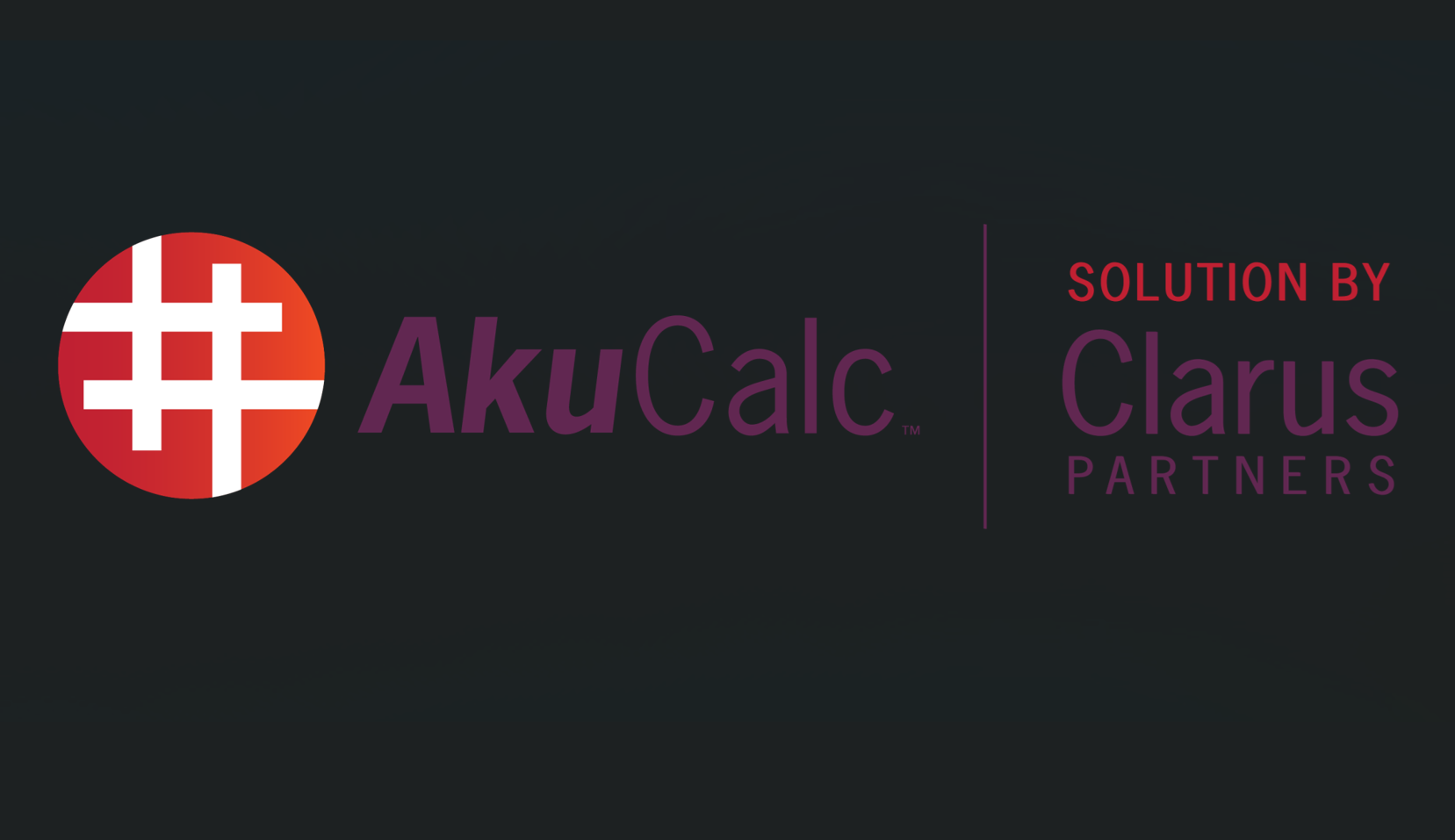More Flexibility for Section 529 Plans
A Section 529 plan is a popular way to save for a child’s higher education. Typically, these state-operated vehicles offer high contribution limits, a variety of investment options and, to top things off, generous tax breaks. Now new legislation, called the SECURE 2.0 Act, provides even more flexibility for account owners.
For starters, there are two main types of Section 529 plans.
1. Prepaid tuition plans: Briefly stated, you buy shares at a current price that can be used to pay for future tuition. With this type of plan, there’s no risk of loss of principal and the investment is guaranteed by the state.
2. College savings plans: This type of plan is more common. Although you can’t lock in future tuition expenses, you have a bigger potential investment upside. Each state establishes its own limits, but most reaches well into six figures.
The plan will usually offer an asset allocation strategy geared to the child’s current age or the year they will enter school. Most college savings plans also offer a wide range of risk-based asset allocation portfolios managed by professionals. What’s more, you can benefit from the following tax breaks:
- There is no income tax resulting from contributions made to a Section 529 account. Plus, you may be eligible for deductions or other tax incentives on the state level.
- There are no income tax consequences until amounts are withdrawn. The amounts contributed to the 529 account grow and compound without any current tax erosion.
- There is no income tax imposed on distributions used to pay for qualified expenses. This includes tuition, fees, books, supplies and equipment needed for school, plus room-and-board for students who are enrolled at least half-time. Other distributions are taxable at ordinary income rates.
Note: If the child doesn’t go to college or ultimately decides to attend school in another state, you may be able to roll over the account funds for the benefit of a successor beneficiary (e.g., a younger sibling). Similarly, you can roll over unused funds from an older child’s account into one for a younger child.
Now the SECURE 2.0 Act gives you another option. A 529 plan account owner can roll over up to $35,000 in unused funds to a Roth IRA without paying any tax, beginning in 2024. To qualify, the account must have been open for at least 15 years.
Contributions to a 529 plan are subject to federal gift tax, but may be sheltered by the annual gift tax exclusion. For 2023, you can give away up to $17,000 a year ($34,000 for joints gifts by a married couple) to an account for the beneficiary without any gift tax. Even better, the tax law allows you to give the equivalent of five years worth of contributions up-front with zero gift tax consequences. The gift is treated as if it were spread out over the five-year period.
Finally, under other recent tax legislation, a 529 plan may be used to pay up to $10,000 of tuition at an elementary or secondary public, private or religious school. So 529 plans aren’t just for higher education anymore.
Thanks for reading CPA Practice Advisor!
Subscribe Already registered? Log In
Need more information? Read the FAQs
Tags: Income Tax, IRS, Taxes





